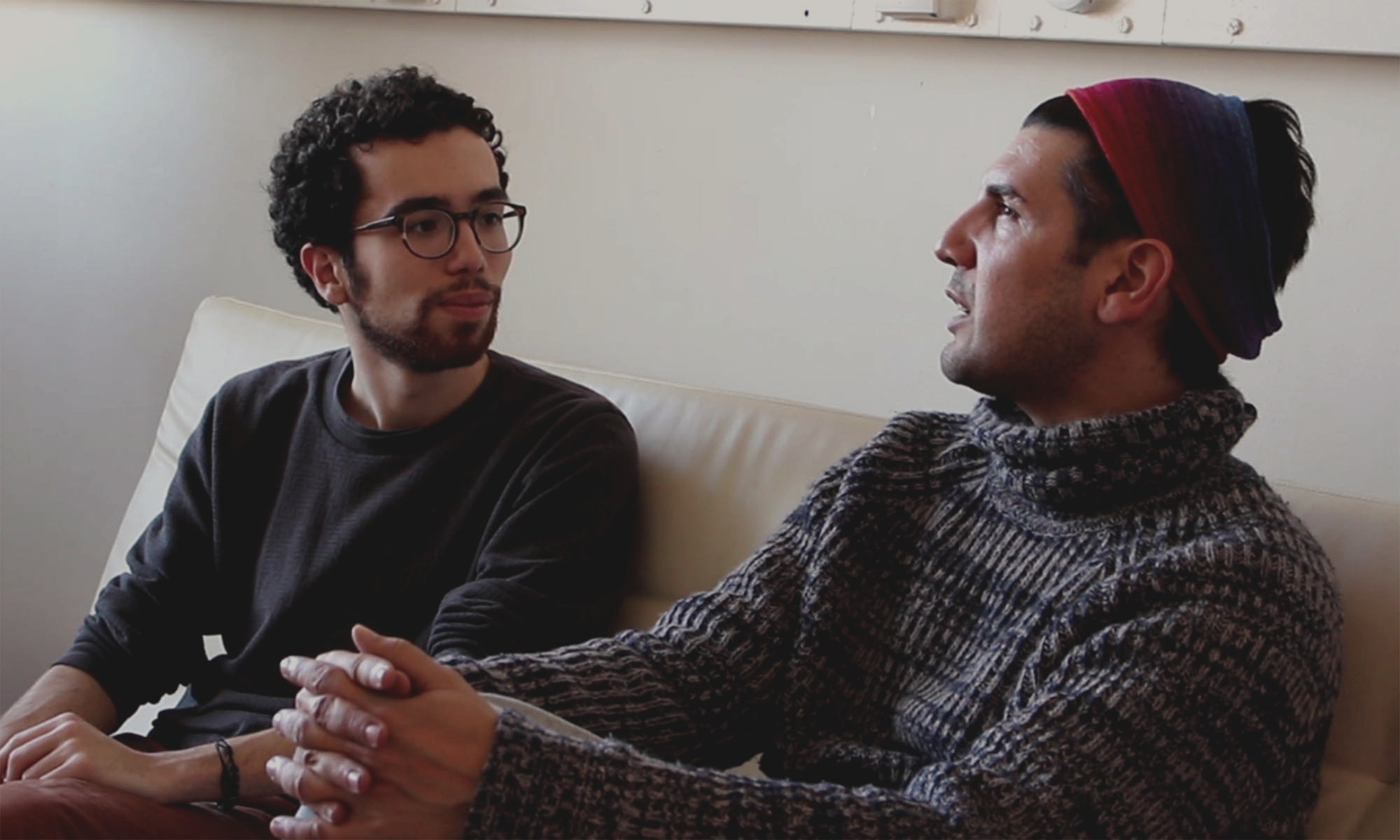
By reading Hofstede’s Cultures and Organizations during this coursei I hoped to get a different perspective on seeing cultural differences and finding the relation between different cultures.
What I liked about Hofstede’s research is how applicable his theories are in daily life. In one of the first chapters he describes the cultural dimension power distance. The Netherlands is classified as a low power distance society, which means that people see each other mostly as equals. While I was reading this chapter, the Maagdenhuis protesters invited the mayor. Although he is a powerful man, he had to wait for his turn to speak to the whole group, just like every other student. This wouldn’t happen in a more hierarchical society.
For deeply understanding the theory, I found the discussions with other students really important. It helped to clarify dimensions that initially seemed a little vague. I got to know each student a little better as well. I found it really interesting to hear the story of Russel, an exchange student from Singapore, about uncertainty avoidance. According to Hofstede Singapore scores low on this dimension, but he thought that it was totally different.
Concerning the deliverables I made with my teammates Maciël, Nathan and Pleun I am happy about the quality of the content. Both the presentation about the theory and the interview with the expat Jorge Alves Lino were really interesting to do and a great chance to connect the book with real life. The way that the content was presented could be improved though. Due to inexperience with making movies, we made several mistakes.ii
” Theiii way dimensions were explained was really nice and the visualizations make it clear. … A pity that due to different recordings the sound isn’t equal. … Overall a nice final presentation with an interesting expat, connected to the theory.”
C.L. van den Bremen – Assignor